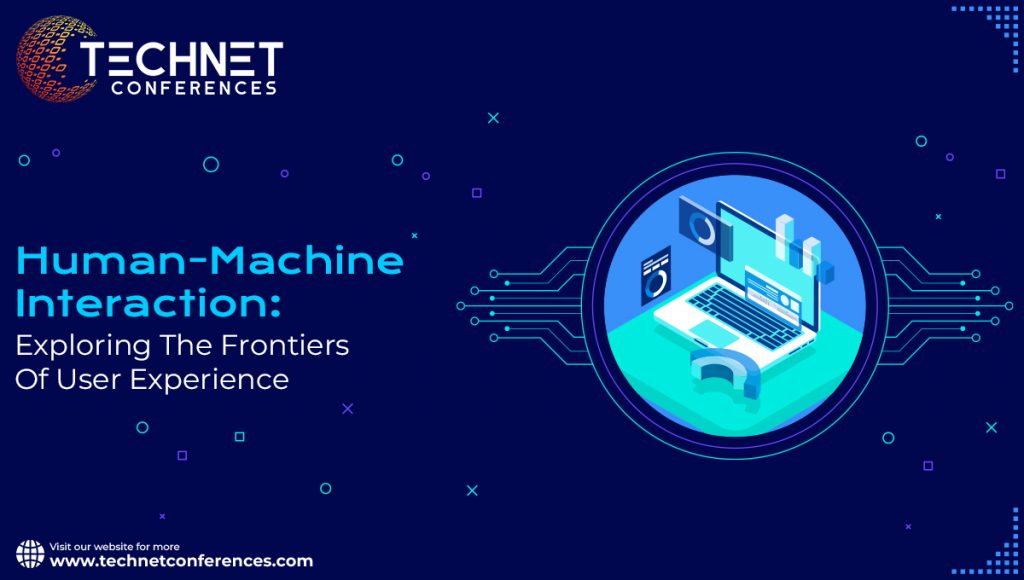Human-Machine Interaction(HMI) is the interaction and communication of humans and machines via digital interfaces or devices. It includes how people interact with machinery, computers, software, and other technical systems. HMI’s importance cannot be emphasized. Whether you’re a seasoned pro or a curious explorer, your journey into innovation will definitely need the practices of HMI. And we can assure you that we have adequate fuel for your beginning at TechNet Conferences.
At TechNet Conferences, we work as a catalyst for the future of technology to introduce more such things to you. For idea convergence, knowledge amplification, and boundless possibilities to shape the tech landscape, join our February 2024 conference.
In this blog, we will dig into the interesting world of HMI, investigating its significance and exciting new horizons.
The Significance Of Human-Machine Interaction
Scroll through the below content to find out the significance of Human-Machine Interaction:
- Efficiency on toe: HMI has transformed efficiency. Touchscreens, gestures, and voice instructions have simplified and accelerated processes. Tasks that used to need complex commands or manual input can now be completed with ease.
- Accessibility that matters: HMI has made technology more accessible to a broader audience. Individuals with impairments may now explore digital places and access information like never before.
- Smooth Integration: As technology permeates our daily lives, HMI ensures that it integrates effortlessly. This integration includes everything from the design of wearable devices to the user-friendly controls of smart appliances.
Future Of HMI: Charting The Frontiers Of Tomorrow’s Experiences
The future of HMI holds intriguing possibilities for UX design. Here are some examples of sectors where innovation is thriving:
- Natural Language Processing: The ability to converse with robots in natural language is improving. Chatbots and virtual assistants powered by NLP are improving customer assistance and accessibility.
- Gesture Control: In gaming consoles and VR headsets, Gesture-based interfaces reinvent immersive experiences. They open up new avenues for education, pleasure, and other purposes.
- Emotion Recognition: Machines are getting better at understanding human emotions, which opens up new opportunities in mental health, consumer feedback analysis, and targeted content distribution.
- Brain-computer interfaces: It has the potential to permit direct communication between the human brain and computers in the field of neurotechnology. This could change the lives of those with severe disabilities and open up new avenues for human cognition.
- AR & VR: Augmented Reality (AR) and Virtual Reality (VR) technologies are pushing the frontiers of immersive experiences. They provide rich and interactive experiences ranging from training simulations to virtual tourism.
To summarize, human-machine interaction is not just about how we connect with technology but also about how technology adapts to us. As we push the boundaries of HMI, we must be attentive to ensure that these interactions enrich our lives while respecting the values and ethics that characterize us as people.
Connect with us today to join the future technology conferences in 2024, where you will be introduced to the dynamic and ever-changing field shaping how we live, work, and interact with the digital world!



